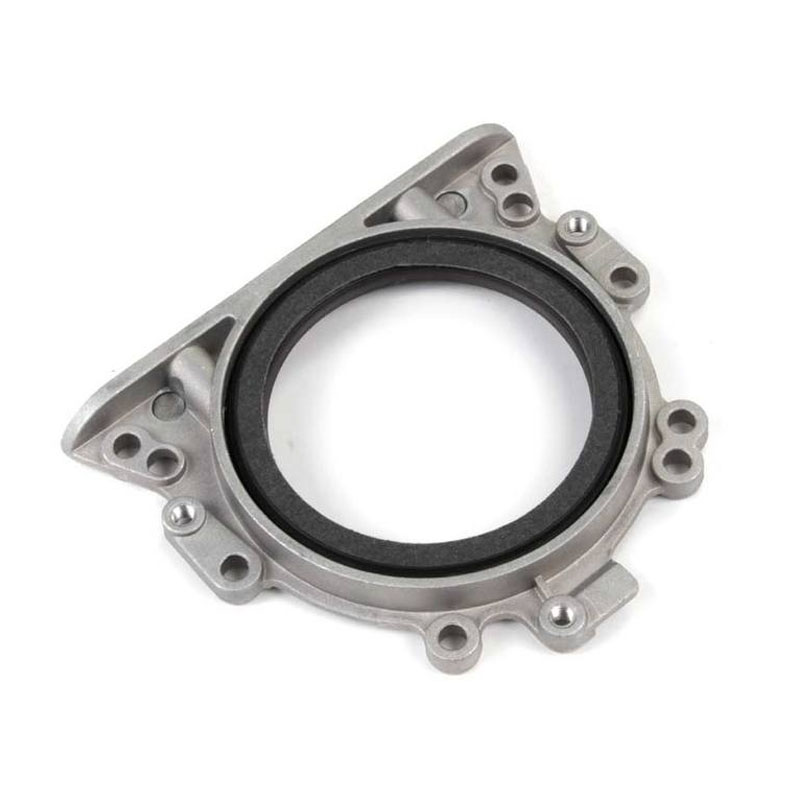High-Quality Oil Pump O-Rings for Enhanced Performance
The Importance of O-Rings in Oil Pump Applications
When it comes to machinery that relies on the efficient transfer of fluids, such as oil pumps, the role of O-rings cannot be overstated. These small but crucial components serve as seals, preventing leaks and ensuring that the oil flows smoothly and efficiently. In this article, we will explore the significance of O-rings in oil pump applications, their materials, and best practices for maintenance and replacement.
Understanding O-Rings
O-rings are circular loops made from elastomeric materials, designed to create a seal between two or more parts of an assembly. Their primary function is to prevent the passage of fluids, including oils, gases, and various other substances. In the context of oil pumps, O-rings help maintain pressure within the system and protect against leaks that could lead to inefficiency or failure.
Material Matters
The effectiveness of an O-ring in an oil pump largely depends on the material from which it is made. Common materials include nitrile rubber (NBR), fluorocarbon rubber (FKM), and silicone. NBR is widely used due to its excellent resistance to petroleum-based oils and fuels, making it ideal for oil pump applications. FKM offers enhanced temperature and chemical resistance, suitable for more extreme conditions. Silicone, while less commonly used in oil applications, provides outstanding flexibility and can withstand a wide range of temperatures.
Best Practices for Maintenance
To ensure the longevity and efficiency of oil pumps, regular maintenance of O-rings is essential. Over time, O-rings can degrade due to exposure to heat, chemicals, and mechanical wear. Here are some best practices to consider
oil pump o ring

1. Visual Inspections Routine checks for cracks, tears, or any signs of wear can help identify potential issues before they become serious problems.
2. Cleaning Ensure that the areas where O-rings seat are clean and free from debris. Contaminants can compromise the seal and lead to leaks.
3. Proper Installation When replacing O-rings, it’s crucial to ensure that they are installed correctly. Misalignment during installation can lead to premature failure.
4. Temperature Monitoring Keep an eye on the operating temperatures of the oil pump. Extreme temperatures can accelerate O-ring degradation.
5. Material Compatibility Always ensure that the O-ring material is compatible with the type of oil being used. Using the wrong material can result in chemical reactions that weaken the seal.
Conclusion
In oil pump applications, O-rings play a critical role in ensuring fluid integrity and efficiency. By selecting the right materials and following maintenance best practices, operators can significantly extend the lifespan of O-rings and enhance the overall performance of their oil pumps. Investing in the quality and maintenance of these components not only prevents costly repairs but also promotes a sustainable operation, highlighting the often-overlooked importance of O-rings in engineering and maintenance strategies.
-
Simplifying Oil Changes: A Comprehensive Guide to Oil Drain Plugs and Their Variants
News Aug.04,2025
-
Mastering Oil Drain Maintenance: Solutions for Stripped, Worn, and Upgraded Oil Plugs
News Aug.04,2025
-
Fixing Oil Pan Plug Issues: Leaks, Stripped Nuts, and the Right Replacement Solutions
News Aug.04,2025
-
Everything You Need to Know About Oil Drain Plugs: Sizes, Fixes, and Upgrades
News Aug.04,2025
-
Choosing the Right Oil Drain Plug: A Guide to Sizes, Materials, and Drain Innovations
News Aug.04,2025
-
A Complete Guide to Automotive Drain Plugs: Types, Problems, and Innovative Solutions
News Aug.04,2025
-
The Ultimate Guide to Car Repair Kits: Tools and Essentials Every Driver Should Own
News Aug.01,2025
Products categories















